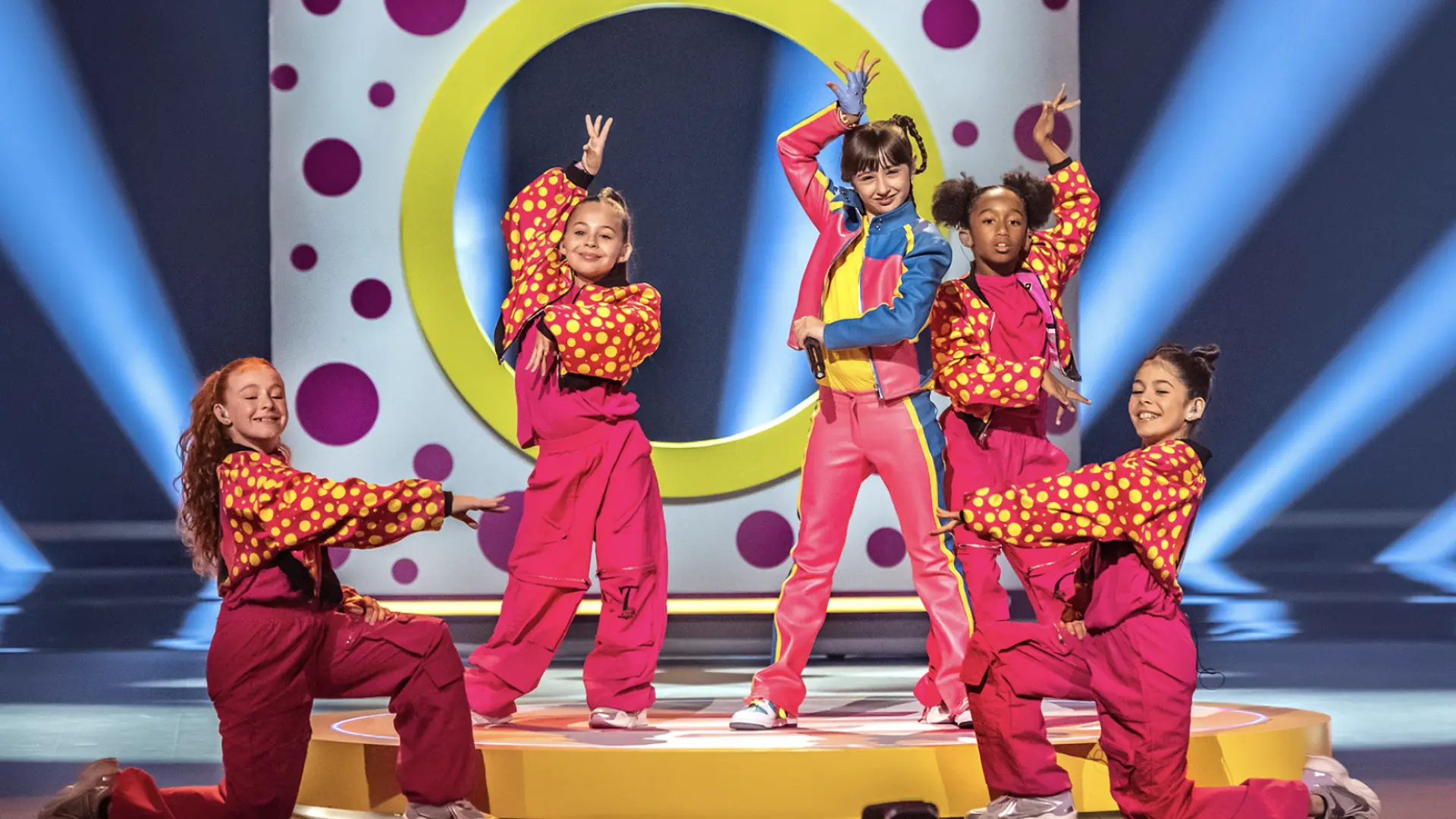One of the big problems of Junior Eurovision is that it doesn’t look like child’s play. The age bracket of the contestants does not help (it is not the same to have the naivety of 9 years old than to be in the adolescent explosion of 14 years old). Although the main obstacle of the program is that there are candidate countries that disguise their contestants as adults and put them to compete as if they were 31 years old.
As a consequence, the scenic proposals chosen by the delegations usually seek to please the audience more. eurofan to be a party that puts in the center childlike spontaneity, that imagines and does not rival. What places Junior Eurovision in a vicious circle that prevents it from achieving an entity of its own that would distinguish it from the Eurovision The original and, on top of that, it alienates what could be its potential audience: the kids, who don’t identify with the old TV because they don’t see themselves recognized in it.
This is the success of the artistic proposal of Chole de la Rosa. We met this “prodigy” girl, 9 years old, with the verbiage of a folklorist from the sixties. It threw us off. We are the fruit of our circumstances and also of those of our parents. And sometimes children reproduce their parents’ dream patterns. This is very evident in this type of television formats. On the other hand, the story that RTVE has staged to tell the Chole song, Like a Lolashe takes him out of that old-girl speech and discards disguising her in the hackneyed clichés of the brilli-brilli eurovisivo. On the contrary, it is decided to enhance the unpredictability of a girl in the karaoke of the Chiqui Park or, directly, singing with her cell phone in her own room.
On the stage of Eurovisionwe see Chole imagining a popstar from her candid age. She comes and goes on stage like a child, not like a lady. And the intelligent thing about the television proposal is that it doesn’t fill the stage with things for the sake of filling it. A common evil in our country in Eurovision. An attempt is made to give entity to the music, with a story that creates a narrative arc starting with Chloe herself singing like any little girl in her window until she feels like she is in a great Beyoncé-like concert by the grace of her imagination. But always without ceasing to be a little girl. While remaining imperfect, moving from one side of the stage to the other. Like if she were celebrating the end-of-year performance. This also encourages the audience to feel part of a celebration.
Although to order this chaos of the child’s gaze, there is a central scenic element that serves as the backbone of the story: the circle. Circular is the platform on the floor, a pill that marks well the positions of the artist without getting tangled on such a big stage. And circular is the identifying physical prop of the background that mutates with the evolution of the song. A common geometric shape, which represents the technology that catches us today from the props of the iconography of the classic TV. This is how Javier Pageo, artistic director of Spain, explains it: “The circle is the symbol of Instagram, the circle is also the button where you used to put your finger to activate an iPhone and, here, the circle lights up the large vertical screen that presides over the scenography”. This screen, which adapts to the way we consume the image on cell phones, lights up TikTok-style through a dance of aesthetic references that accompany Chloe to break any hint of sonic monotony in the performance.. From the darkness of the first seconds, locked “dreaming” in the little window of her “room”, she jumps to the passion of the polka dots on her wall. Very Spanish iconography that crosses borders. Very Lola Flores.
Then, the realization grows creating a universe of its own with winks of the technology that accompanies the new generations. The TV becomes a chat room and Chloe herself records herself in selfie mode with her cell phone at one point. It is the other value of the performance. Chloe doesn’t need a spectacular voice, but she manages to lift the show by attitude and because she knows that she must look for the viewer with her gaze, she has well marked the positions of the cameras. Her dancers, too. Their non-verbal communication animates the joy of a show that is just that: the dynamism of the spontaneity of the childlike illusion that motivates. And not the melodramatic intensity of children forced to imitate their elders. There is always that, but sometimes we overdo it.
TVE’s goal achieved: a performance with a lot of light and a lot of phosphorescent color, which could be of any great talent show or an MTV awards gala. But, above all, it does not forget that on stage there are a few girls living the party of playing at being artists. No more, no less. And that’s the best thing that could happen to us. A Junior Eurovision Madrid 2024. And Chloe.



